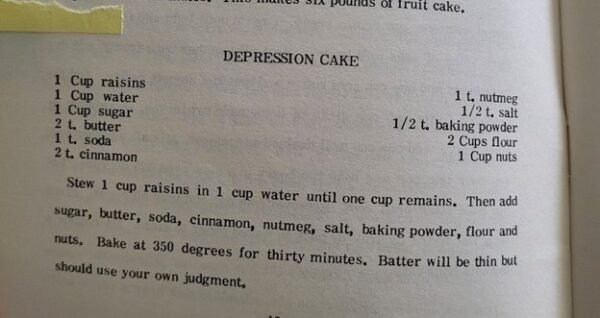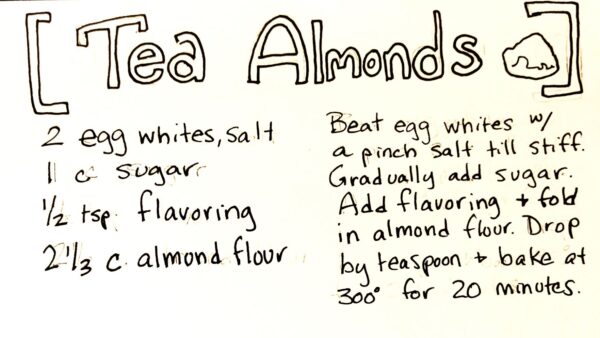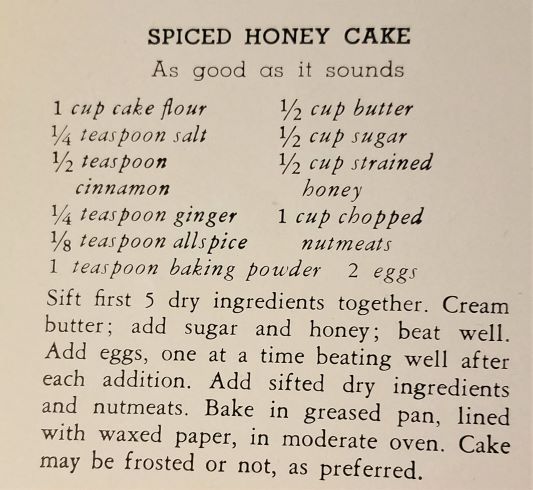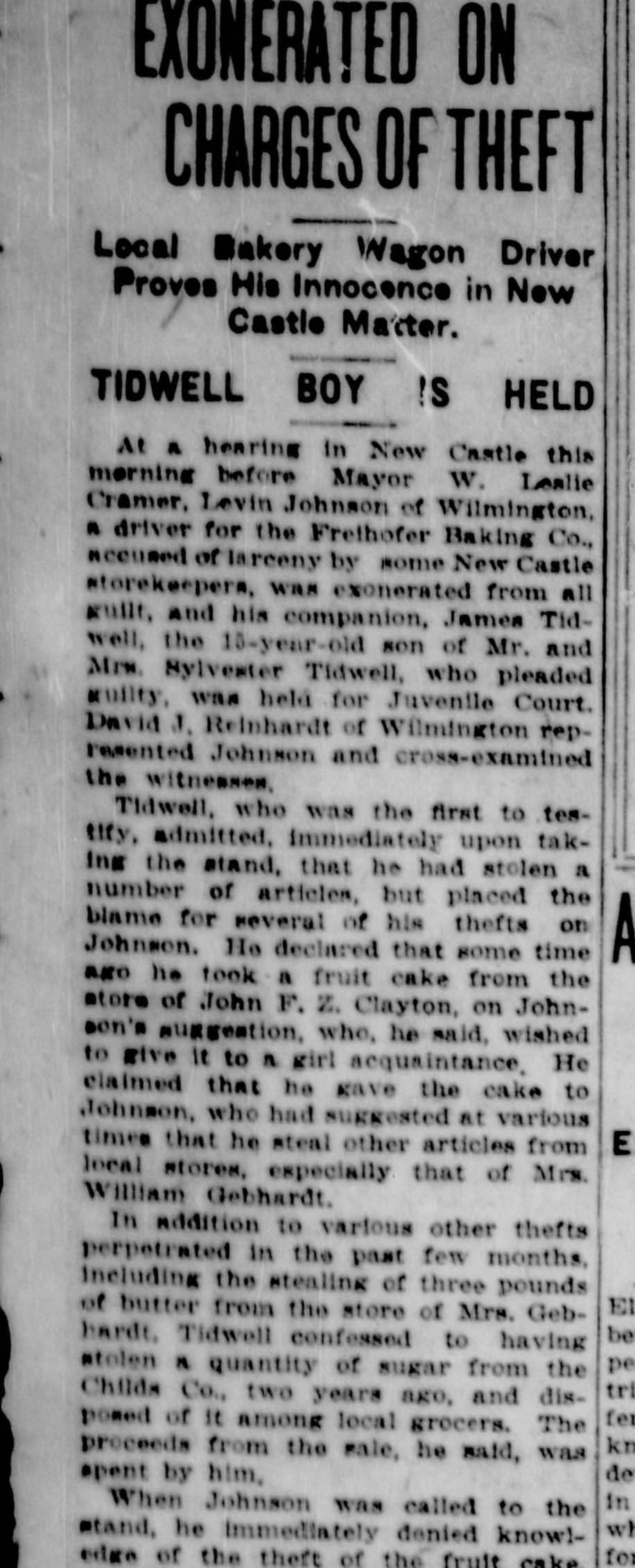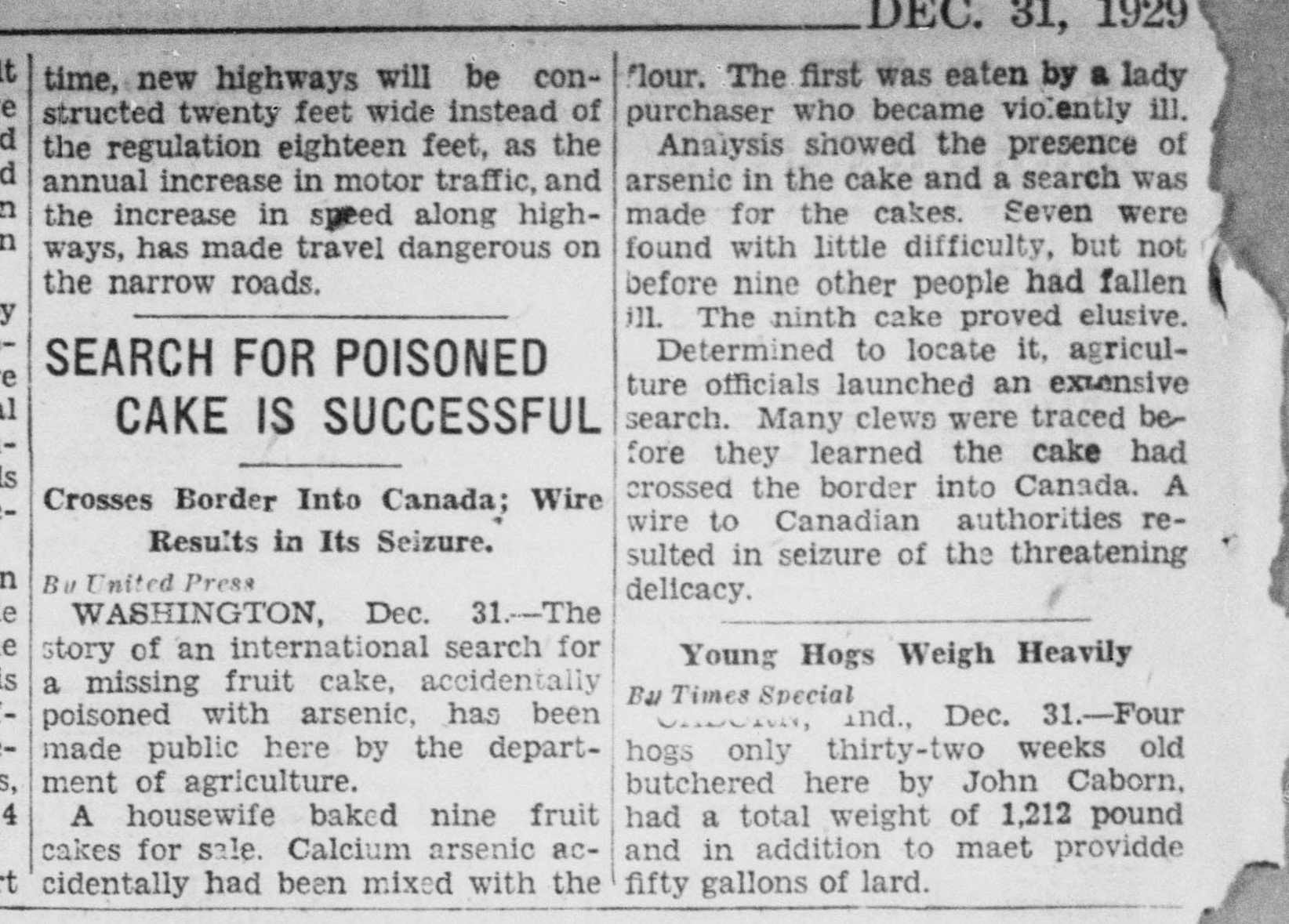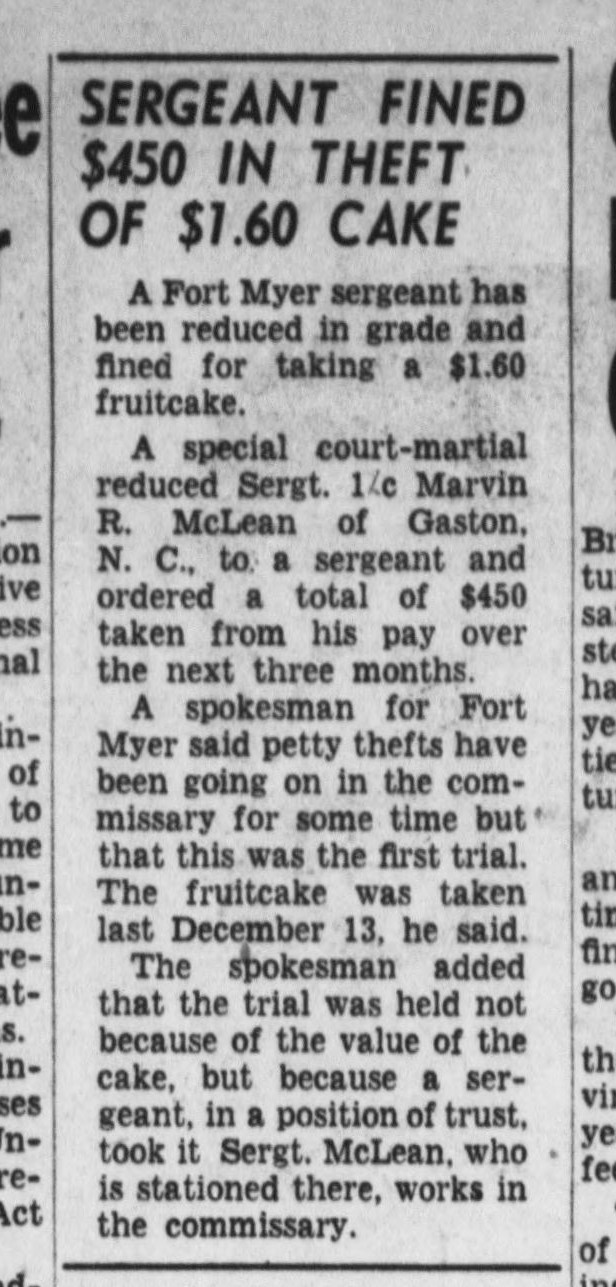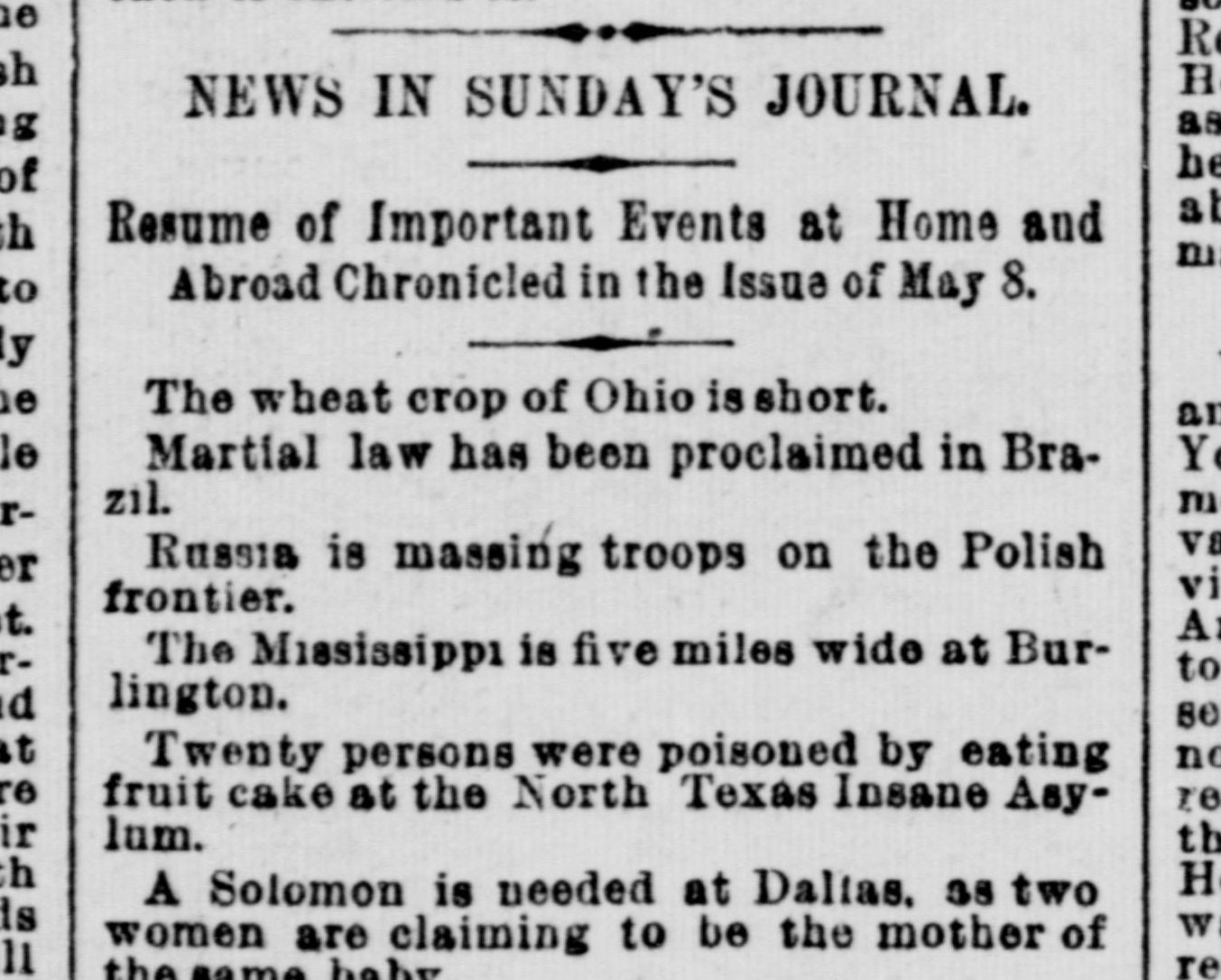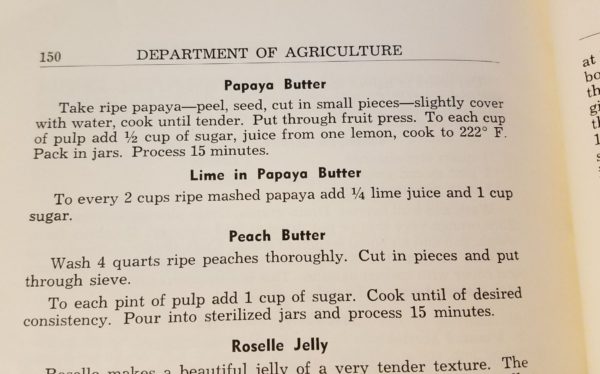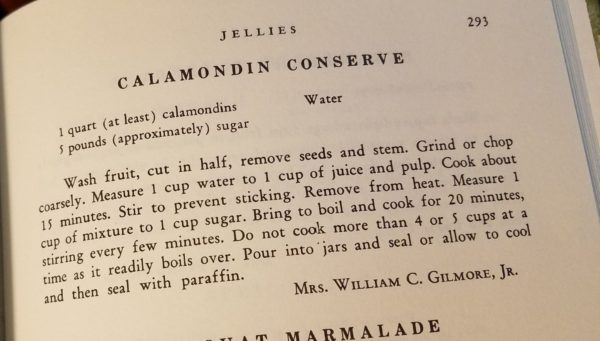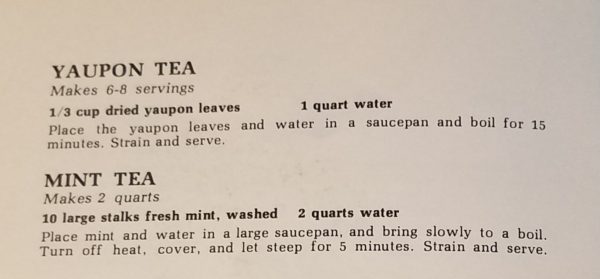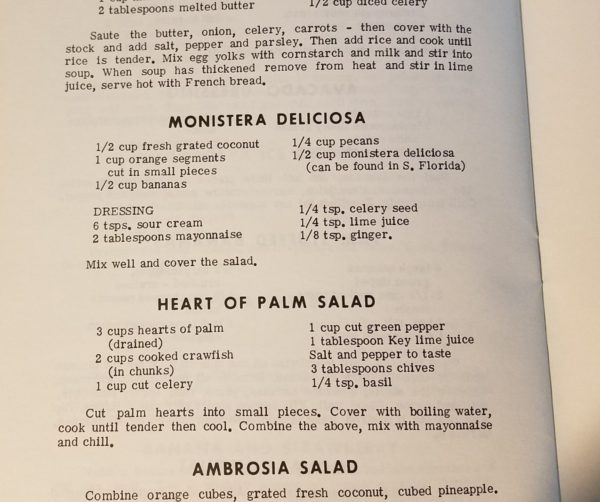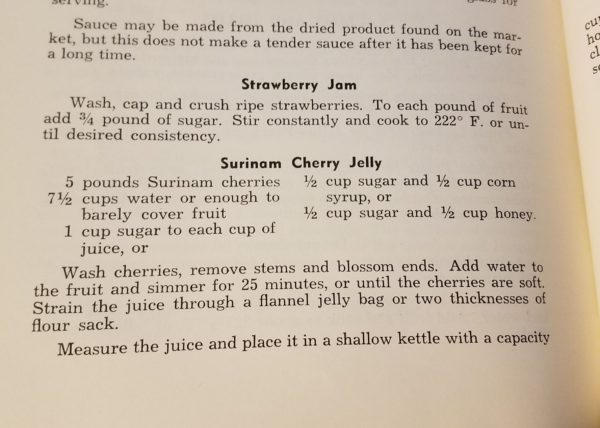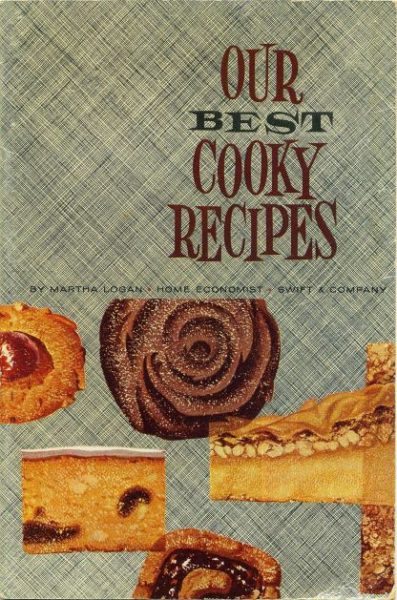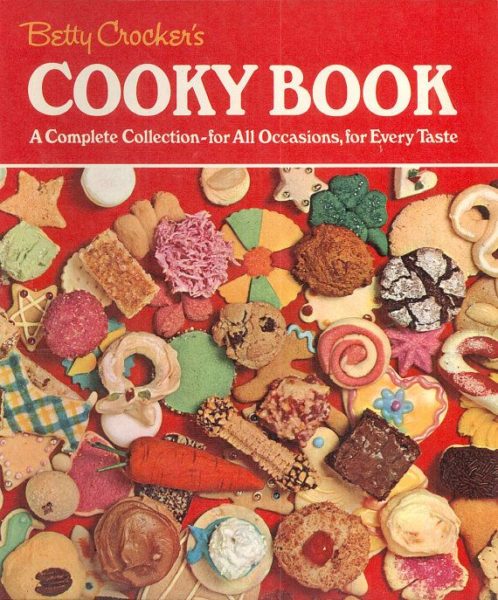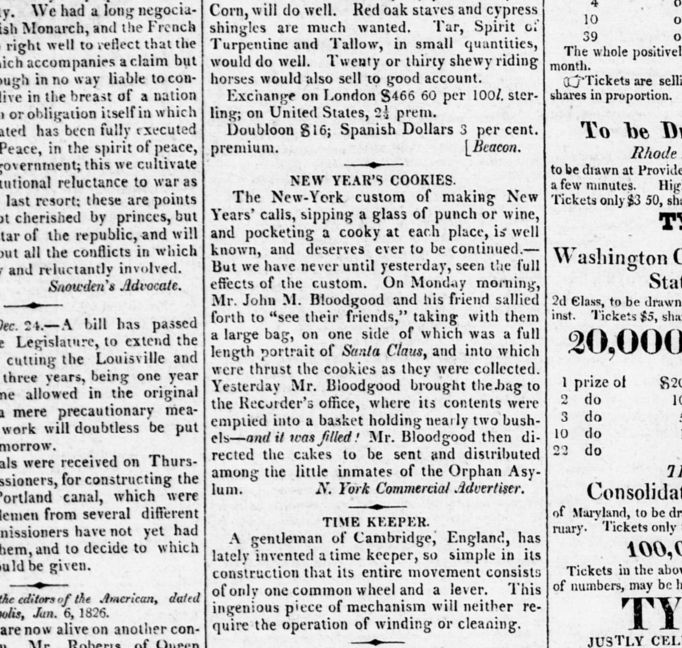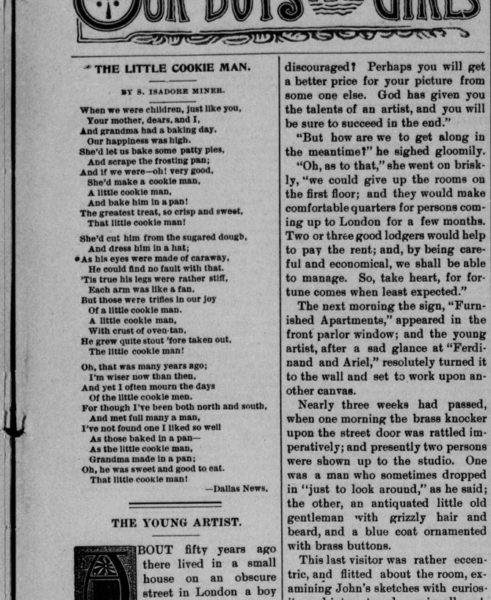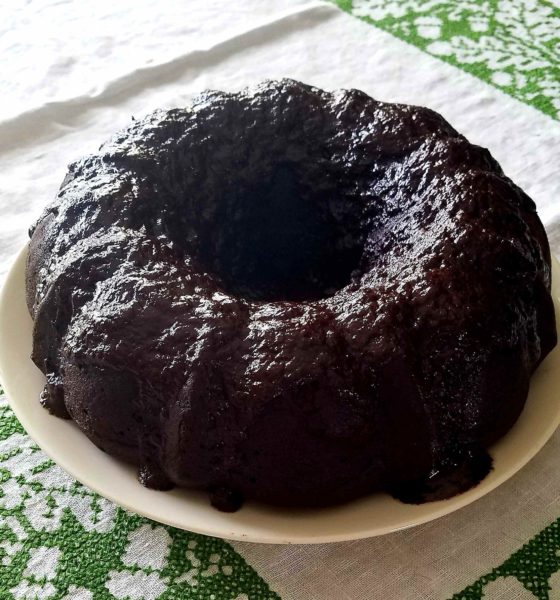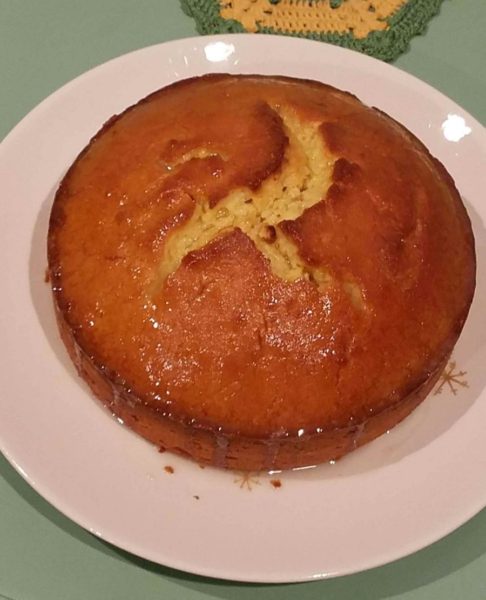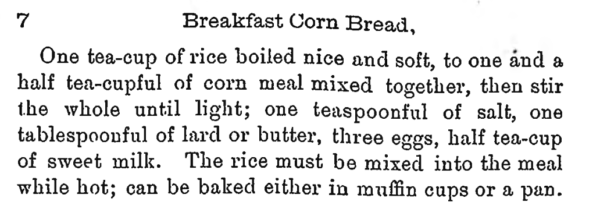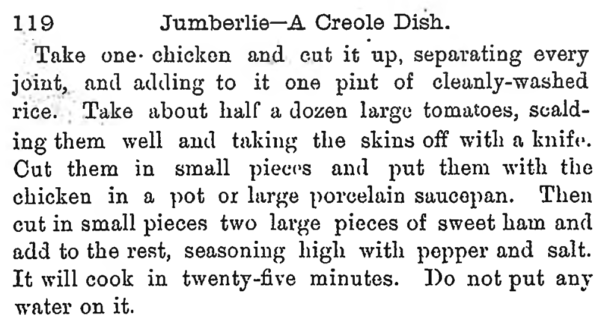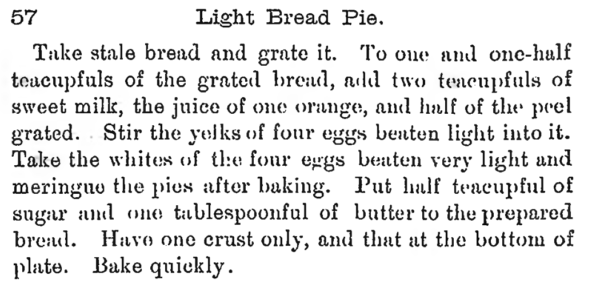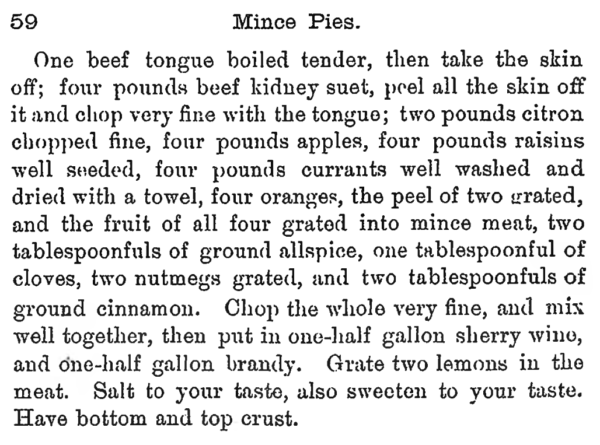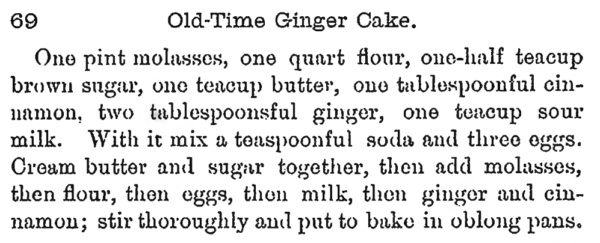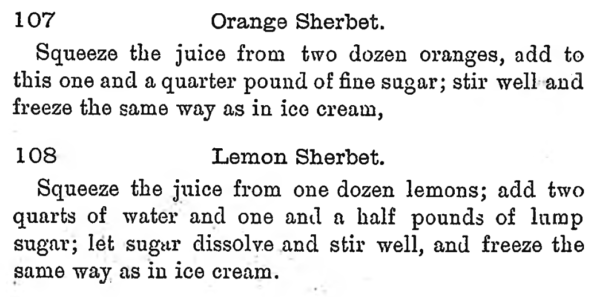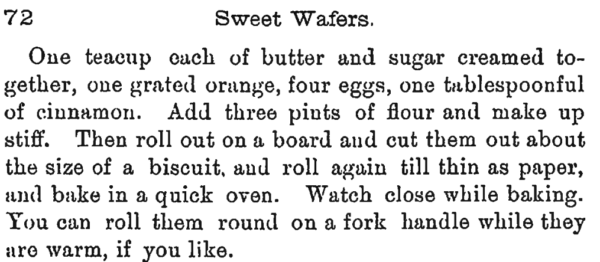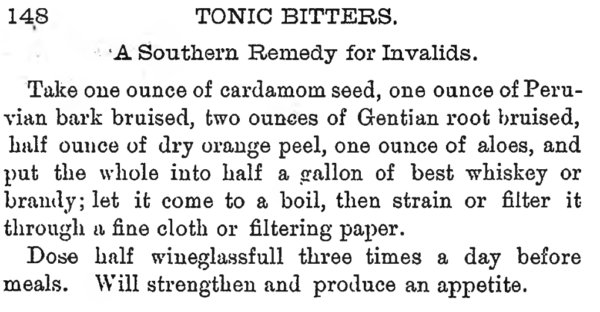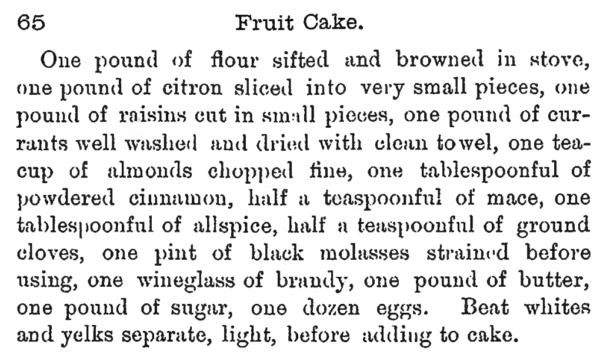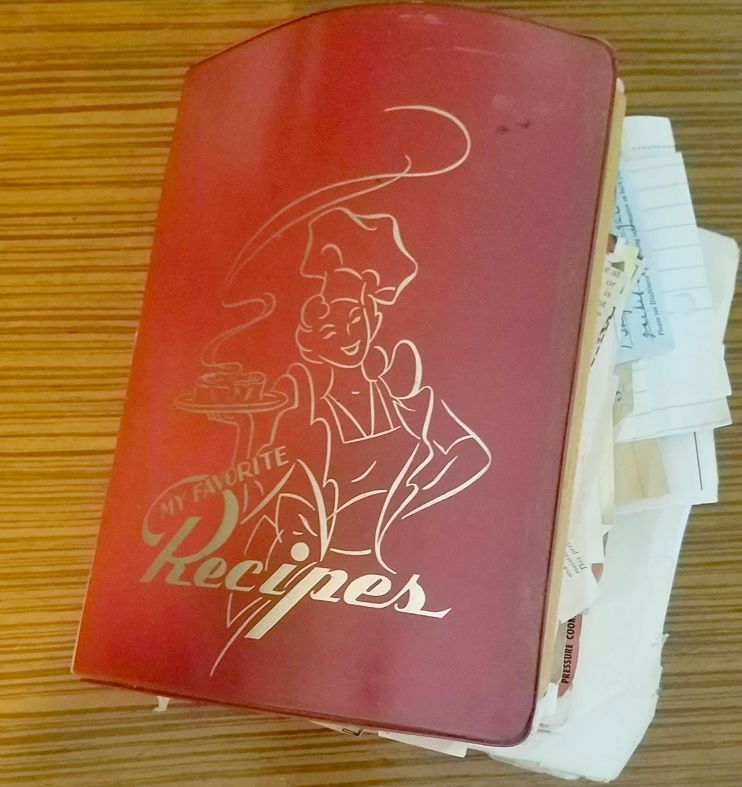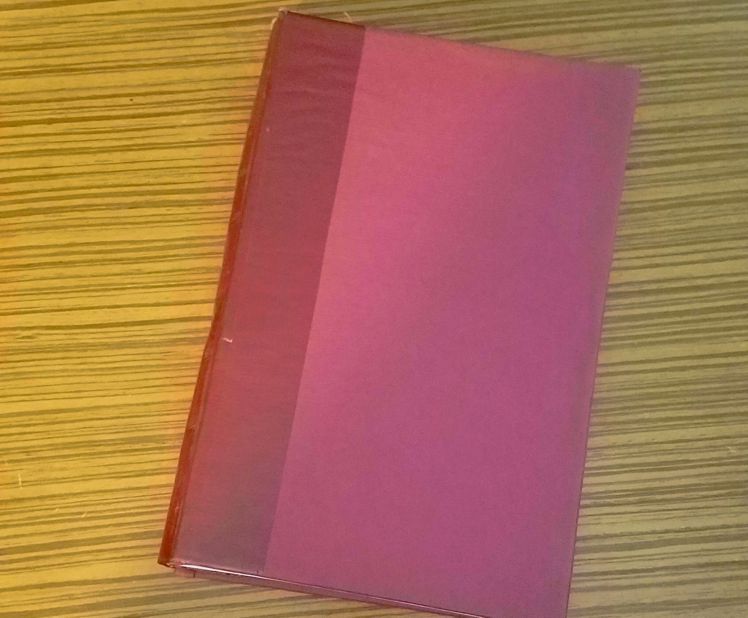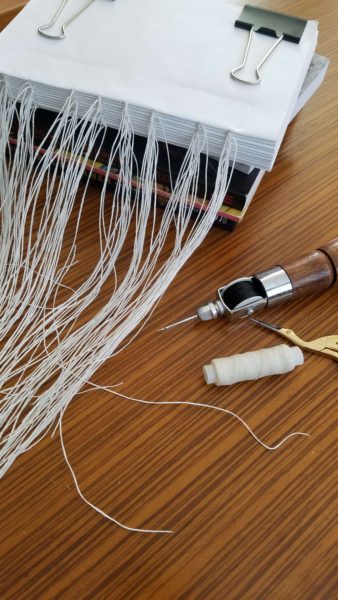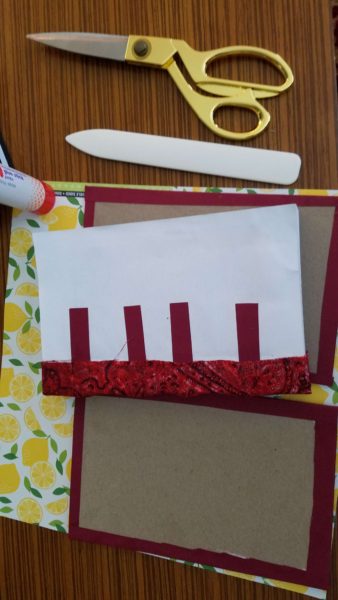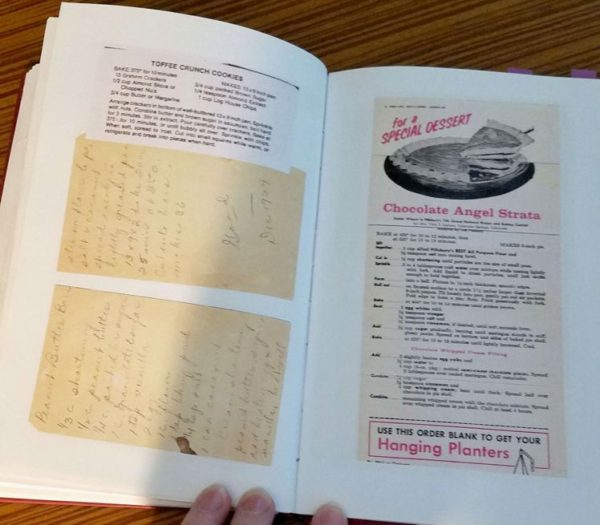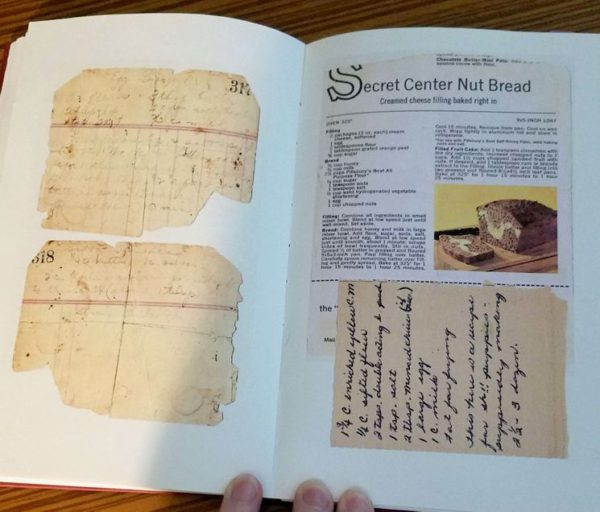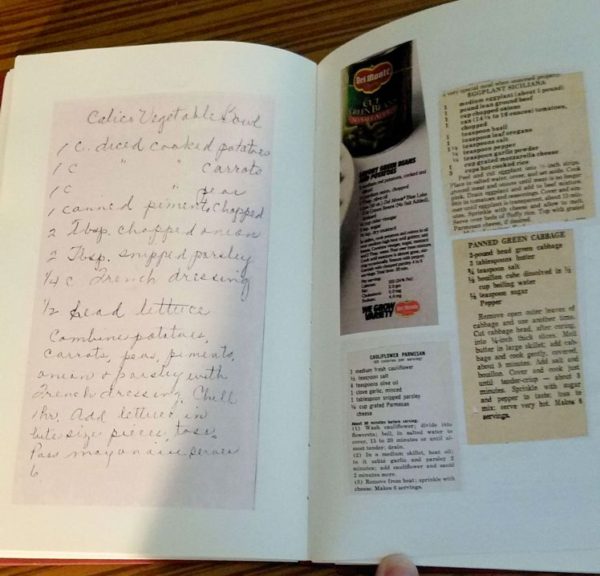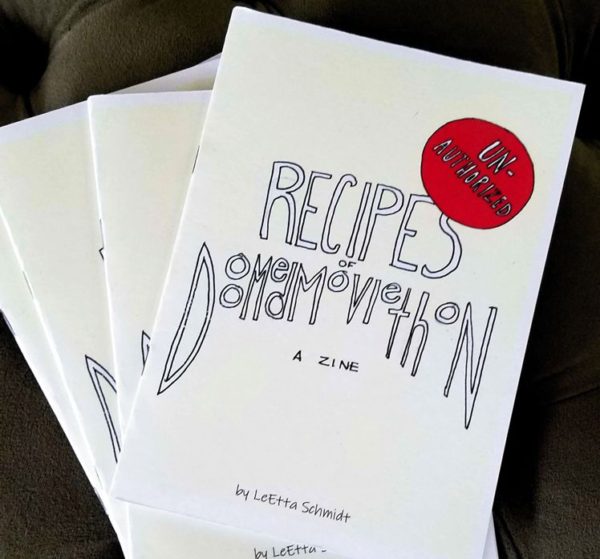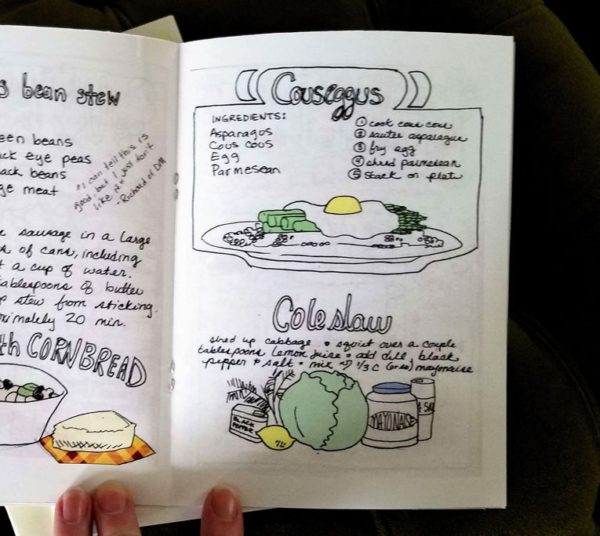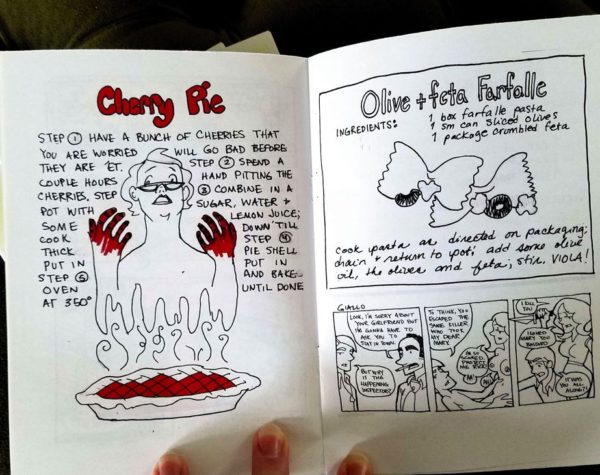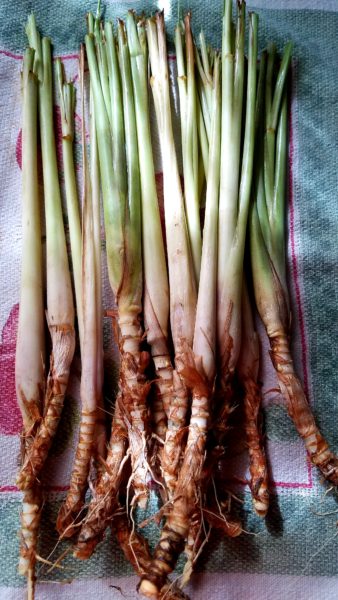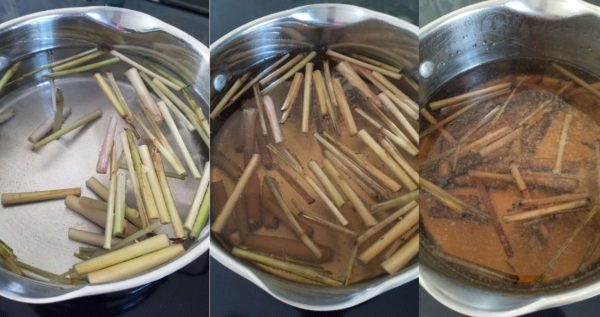
My collection of old recipe books has grown to include a number of community cookbooks circa 1940s-80s from the mid-west, some courtesy of family who all came from Ohio and Pennsylvania. Community cookbooks are a snapshot of interesting and sometimes unappetizing dishes. They were also compiled and consumed mostly by women. As such they hold hints and secrets about how the women of a community lived and interacted, as well as how the community dealt with immigration, shifts in kitchen technology, and food shortages (Dutch, 2018). Throughout my cookbooks are lesson or advice recipes that capture and enforce the expectations of motherhood and domesticity, like ‘how to cook a husband’ and ‘recipe for a happy home.’
There are also jokes, snapshots of community values, culture, and folk humor, the repetition of which through many different community cookbooks shapes and shares community identity (Dutch, 2018). The last three or four cookbooks I paged through in my perusal for spring time recipes to try had instructions for Elephant Stew. By the last one, I felt compelled to snap a picture and share it.
And yet, there is something about the recipe for Elephant Stew that seems to be hiding more than it is sharing. Why elephant? Elephant meat is consumed in many different countries on the African continent. So I turned to one of my favorite resources, Chronicling America, to try and find earlier mentions of the joke recipe or information that might point to its origination. I found that the early 1960s mentions of elephant stew were far from the beginning of the story.

“Have an Elephant Stew” showed up over and over in the 19-teens in newspapers all over the country, usually tacked at the end of a column – seemingly unrelated to anything else on the page. Even further back in the 1900s, 1890s, and 1880s are references to elephant stew in serialized fiction, and before that as reports of haute cuisine that might be found in Paris.

This really only germinated more and new questions in my mind. I mean, is this relating of a menu a joke, an exaggeration, or accurate? And if accurate, why the abundance of game from Africa in fashionable French restaurants? The Scramble for Africa took place in the late 1800s to early 1900s. European powers sought to expand their territorial claims and to exploit resources on the African continent until most of the continent was controlled by European countries in 1913. Could Parisian exploration of exotic game meats be an early indicator of France’s interest in African resources?
And could the stories circulated of the adventurer/explorers of Africa in service to their countries have infiltrated American news and culture until elephant stew became a joke? I’m not claiming that my hastily done and half hazard research shows any link between exploitation of Africa in the early 1900s to the crafting through iteration of a joke recipe to be passed down through the century in community cookbooks. But I think the recipe for Elephant Stew didn’t appear from nowhere, and it means more than it says.

